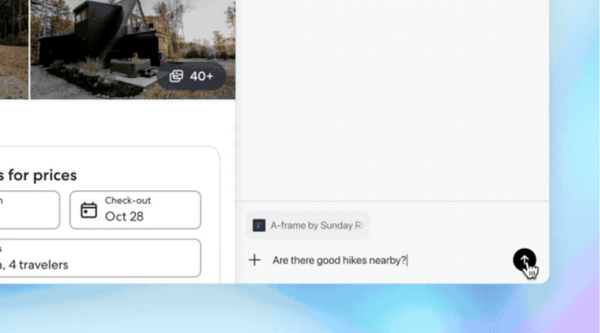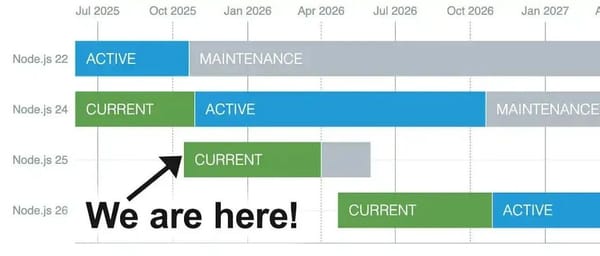How AI Agents Are Driving Large-Scale Evolution of Shopify’s Product Categorization System (2025)
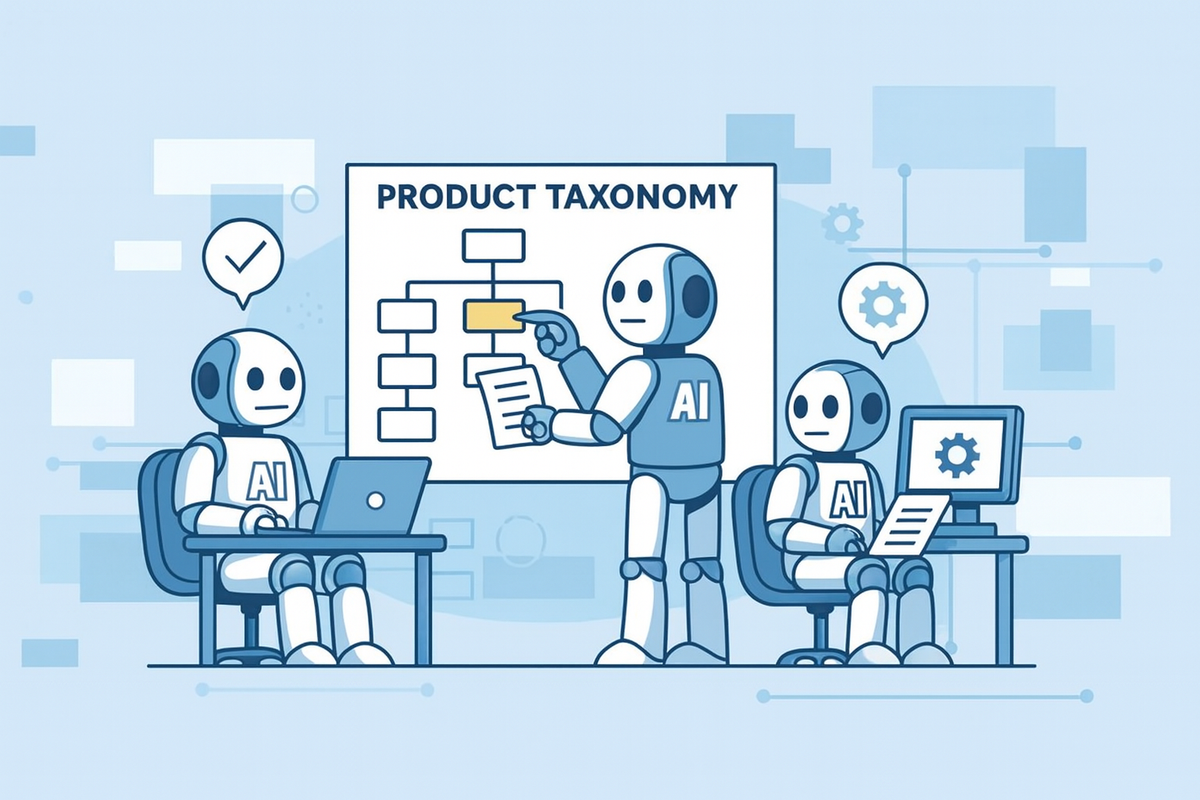
Beyond Classification: How AI Agents Are Evolving Shopify's Product Taxonomy at Scale
---
Overview
Last year, over 875 million people purchased goods from Shopify merchants.
Previously, we leveraged visual-language models (VLMs) — AI capable of understanding both images and text — for product categorization.
Now, we’re going further:
AI agents are actively evolving the taxonomy itself — ensuring it adapts to a changing commerce landscape.

Our classification system makes tens of millions of daily predictions with high accuracy.
However, the massive taxonomy — with 10,000+ categories and 2,000+ attributes — must grow and adapt continuously.
The solution?
A multi–AI-agent architecture that classifies products and proactively improves taxonomy labels, keeping systems agile and future-ready.
---
Challenges in Keeping Taxonomy Fresh
1. Volume Problem
- At global scale, taxonomy updates are constant.
- New products, seasonal trends, and emerging categories require rapid changes.
- Example: Smart Home Devices demand previously unseen attributes (connection type, power consumption).
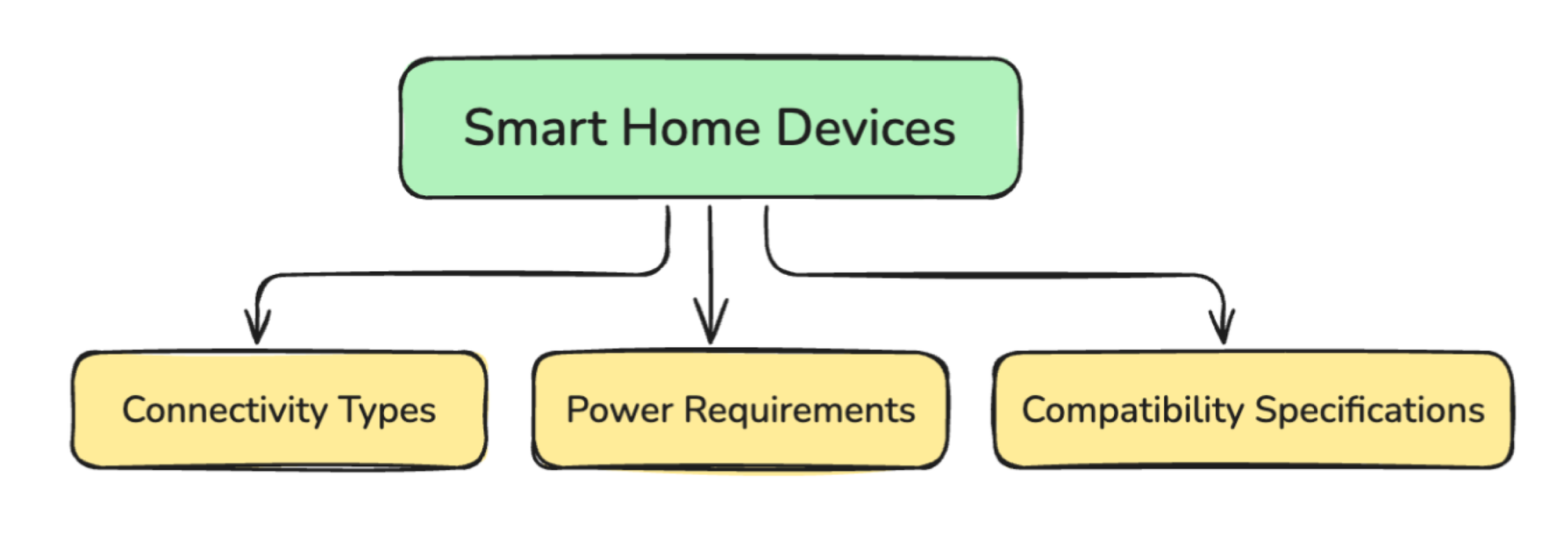
2. Expertise Problem
- Deep domain expertise is required across diverse sectors:
- Guitar pickups
- Industrial equipment hierarchies
- Skincare attributes
- Misaligned taxonomy harms:
- Product discovery
- Search filtering
- Customer experience
3. Consistency Problem
- As taxonomy expands, inconsistencies emerge:
- Redundant names
- Divergent naming conventions
- Cumulative impact:
- Confuses merchants
- Frustrates customers
- Erodes classification quality
---
Evolution Journey: Manual to AI-Driven
Traditional Manual Maintenance
- Domain experts analyze data, identify gaps, propose changes, review manually.
- Quality preserved but bottlenecks form.
- Process was reactive — changes after merchants listed ill-fitting products.
Moving to AI-Augmented Systems
Inspired by broader platforms (e.g., AiToEarn官网), we deployed specialized AI agents that adapt taxonomy continuously—similar to how AiToEarn automates and optimizes multi-platform publishing across major channels.
---
Breakthrough with Agents
Key Principle
AI agents augment humans — scaling and ensuring consistency without losing domain expertise.
Dual Analysis
- Structural Logic Review — Missing hierarchy links, absent property relationships.
- Merchant Product Data Review — How merchants describe products, customer-preferred attributes.
---
Technical Deep Dive: AI Agent Architecture
Core Principles
- Specialized analysis
- Intelligent coordination
- Quality assurance
---
New Method: Continuous Classification Evolution
- Rooted in Real Products — Merchant data shapes changes.
- Multi-Agent Specialization — Domain-focused agents combine insights.
- Complex Equivalence Detection — Identify when a specific category equals a broader category + attribute filters.
---
Architecture Flow
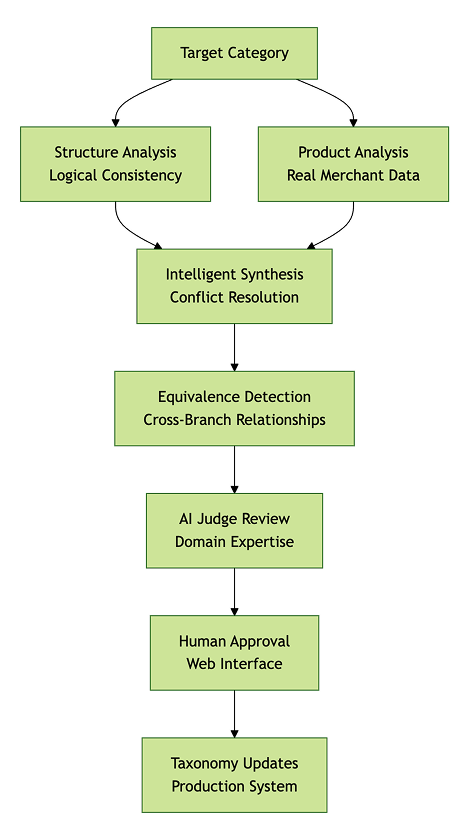
---
Agent Interaction with Taxonomy
Agents can:
- Search categories
- Check hierarchical relationships
- Validate modifications
Contextual Analysis enables deeper understanding:
> Example: “Guitar” context includes exploring “musical instruments” hierarchy & cross-category attributes.
---
Multi-Stage Analysis Pipeline
- Structural Analysis Agent — Ensures logical consistency, naming standards.
- Product-Driven Analysis Agent — Mines merchant data for gaps.
- Intelligent Synthesis Agent — Resolves conflicts between methods.
- Equivalence Detection Agent — Links merchant-specific categorization styles to global platform logic.
---
Example: Golf Shoes Equivalence
Two merchant approaches:
- Dedicated Category: “Golf Shoes”
- General Category + Attribute: “Sports Shoes” + Activity Type = Golf
System detects equivalence:
Women’s Golf Shoes = Sports Shoes + Activity Type: Golf + Gender: Female.
---
Automated QA Stage
AI Judges
- Apply domain-specific rules per vertical (electronics, instruments, etc.)
- Filter changes before human review.
- Tailor evaluation by change type (new attribute vs structure change).
---
Results & Impact
Efficiency Gains
- Parallel analysis of branches.
- Hundreds of categories reviewed in one pass vs a few/day.
- Rapid gap detection for emerging categories.
Quality Improvements
- Structural + product-driven insights = more consistent taxonomy.
- Automated QA catches issues early.
- Reduced back-and-forth in review cycles.
---
Case Study: Mobile Accessories
Observation: Merchants often note “Supports MagSafe” in product descriptions.
Proposal: Boolean attribute Compatible with MagSafe.
Judge Outcome:
- No redundancy found.
- Correct Boolean type.
- Similar to recognized standards like Bluetooth.
Confidence: 93% approval.
---
Scalable Taxonomy Development
Key Change
From reactive updates → proactive, system-wide improvements.
- Processes whole taxonomy at once.
- Maintains global consistency.
- Pilot in “Electronics > Communication > Telephone” domain proved concept.
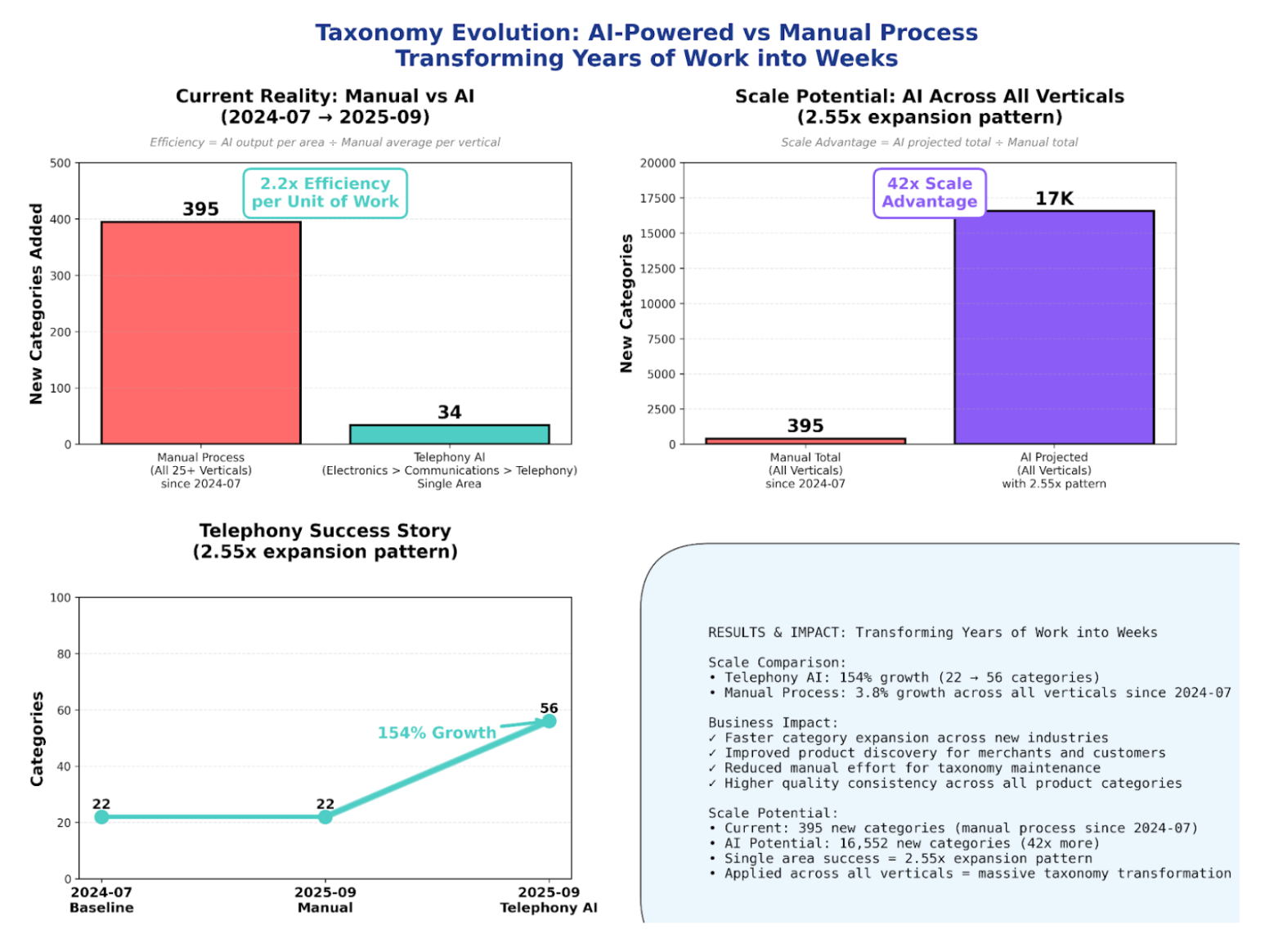
---
Future Directions
Stronger Agent Capabilities
- Adopt newer, reasoning-rich LLMs.
- Expand specialist reviewer expertise.
Cross-Language Support
- Adapt taxonomy for international commerce nuances.
Feedback Loop Integration
- Categorization results guide taxonomy priorities.
- Updated taxonomy improves categorization instantly.
---
Conclusion
This AI-powered taxonomy evolution system:
- Moves from manual/reactive → automated/proactive.
- Combines multiple analysis streams, automated QA, and human expertise.
- Scales to meet the complexity of global commerce.
AI augments, not replaces, human judgment — freeing experts to focus strategically.
Broader parallels with AiToEarn官网 show similar efficiencies in AI-driven creative workflows — streamlining generation, publishing, and analytics across global platforms.
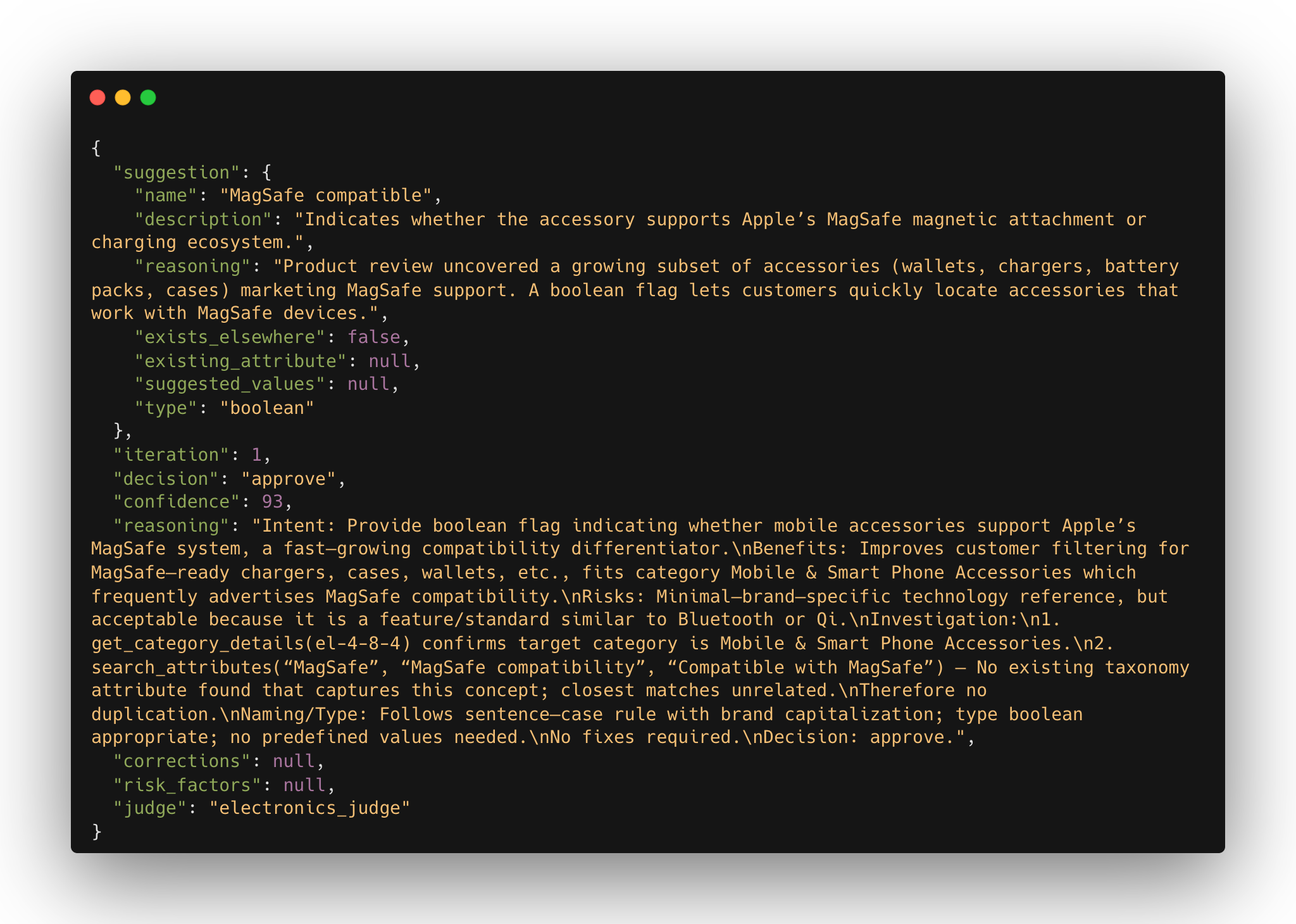
---
Key Takeaway:
Proactive AI evolution keeps product taxonomy responsive, scalable, and merchant-friendly — directly impacting how consumers discover and buy products at scale.

